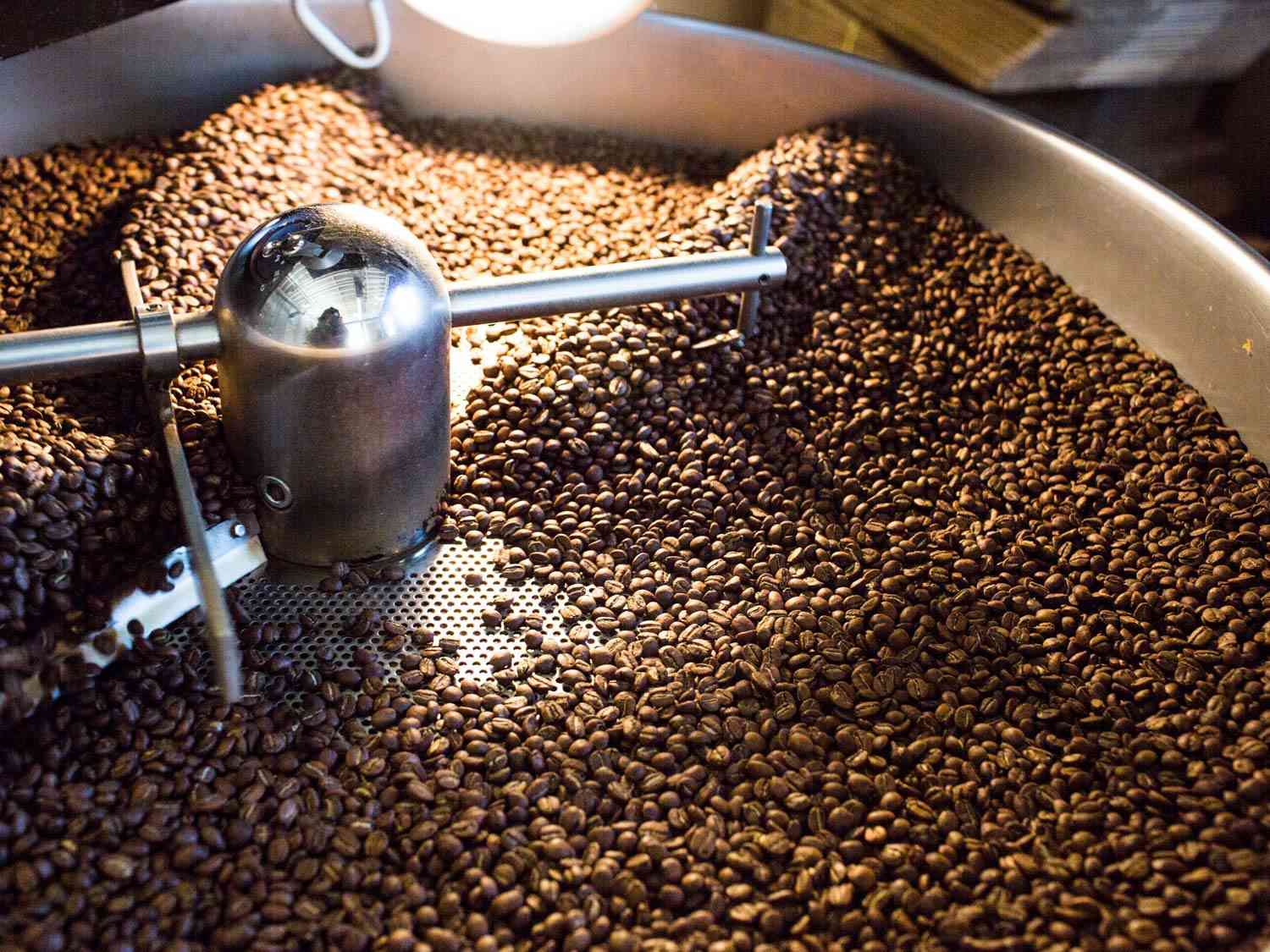

Articles
How To Store Espresso Beans
Modified: August 16, 2024
Learn the best methods for storing espresso beans to ensure maximum freshness and flavor. Our informative articles provide expert tips and advice to keep your beans tasting their best.
(Many of the links in this article redirect to a specific reviewed product. Your purchase of these products through affiliate links helps to generate commission for Storables.com, at no extra cost. Learn more)
Introduction
Espresso beans are the heart and soul of a perfect cup of espresso. Their distinct flavors and aromas add richness and depth to the beloved beverage. However, to fully enjoy the true essence of espresso beans, proper storage is essential. Understanding how to store espresso beans will help preserve their freshness, quality, and flavor for an extended period.
In this article, we will delve into the world of espresso bean storage, exploring different methods and techniques to maintain their optimal condition. Whether you are a coffee enthusiast or a café owner, these tips will ensure that your espresso beans remain fresh and ready to brew.
Key Takeaways:
- Preserve the rich flavors of espresso beans by storing them in airtight containers, away from light and heat. Avoid moisture exposure and monitor bean freshness for a delightful espresso experience.
- Freezing espresso beans for long-term storage can be effective, but grinding them just before brewing ensures the freshest flavors. Experiment with grind size and dose for the perfect cup.
Read more: How To Store Fava Beans
Understanding Espresso Beans
Before delving into the details of storing espresso beans, it is important to have a basic understanding of what espresso beans are. Contrary to popular belief, espresso beans are not a specific type of coffee bean. Instead, they are the result of a specific brewing method.
Espresso is a concentrated coffee beverage made by forcing hot water through tightly packed, finely ground coffee. To achieve the perfect shot of espresso, it is crucial to use beans that are specifically roasted for espresso. These beans are typically a blend of different coffee varieties, carefully chosen to create a balance of flavors and achieve the desired intensity.
The roasting process is crucial in developing the flavors and aromas of the beans. Espresso beans are typically roasted to a darker level than beans used for other brewing methods. This results in a more robust flavor profile and a rich, caramelized aroma.
Now that we have a clear understanding of espresso beans and their characteristics, let’s delve into the best practices for storing them to preserve their freshness and quality.
Choosing the Right Storage Method
When it comes to storing espresso beans, choosing the right storage method is crucial in maintaining their freshness and flavor. Here are a few options to consider:
Airtight Containers: Using an airtight container is one of the most common and effective methods for storing espresso beans. These containers create a barrier against air, preventing the beans from being exposed to oxygen, which can lead to oxidation and the loss of flavor. Look for containers made specifically for coffee storage, with airtight seals to keep the beans fresh.
Ceramic or Glass Containers: Ceramic or glass containers are also excellent options for storing espresso beans. These materials do not absorb odors, ensuring that the beans’ natural flavors are preserved. Choose a container that has a tight-fitting lid to keep the beans protected from air exposure.
Re-sealable Bags: Another option for storing your espresso beans is to use re-sealable bags. These bags offer convenience and are a budget-friendly choice. Look for bags with a one-way valve that allows the beans to degas without letting air back in. This will help maintain their freshness over time.
When choosing a storage method, consider the quantity of espresso beans you have and how often you will access them. Smaller containers to store smaller amounts of beans can be more practical if you go through your supply quickly. Conversely, larger containers are preferable for those who buy beans in bulk.
Regardless of the storage method you choose, it is important to keep in mind the environmental factors that can affect the quality of the beans. In the next sections, we will explore how to protect your espresso beans from light, heat, moisture, and other detrimental factors.
Storing Espresso Beans in an Airtight Container
One of the most effective methods for storing espresso beans is to use an airtight container. This ensures that the beans are protected from air exposure, which can lead to flavor loss and staleness. Here is a step-by-step guide on how to store espresso beans in an airtight container:
- Select the Right Container: Choose a container specifically designed for coffee storage, preferably made of stainless steel or opaque plastic. These materials help to block out light and protect the beans from moisture.
- Clean the Container: Before storing your espresso beans, make sure the container is clean and free from any residues. Leftover coffee oils or debris can affect the flavor of the beans.
- Transfer the Beans: Transfer the desired amount of espresso beans into the container. It is recommended to store only the amount you will use within a week to ensure maximum freshness.
- Seal the Container Tightly: Ensure the container is sealed tightly to prevent air from entering. Airtight seals keep the beans fresh and protect their flavors.
- Store in a Cool, Dark Place: Place the airtight container in a cool, dark area like a pantry or cupboard. Avoid storing it near appliances or windows, as heat and light can deteriorate the quality of the beans.
By storing your espresso beans in an airtight container, you are effectively preserving their freshness and flavor. Remember to only store the quantity you will consume within a week to maintain optimal quality.
In the next section, we will explore the importance of keeping espresso beans away from light and heat to preserve their flavors.
Keeping Espresso Beans Away from Light and Heat
Light and heat are two factors that can significantly impact the freshness and taste of your espresso beans. Exposure to these elements can lead to oxidation and the breakdown of flavors. To ensure the longevity of your beans, here are some tips for keeping them away from light and heat:
- Choose a Dark Storage Location: Find a cool, dark place to store your espresso beans. Light can degrade the quality of the beans and accelerate the staling process. Optimal storage locations include a pantry, cupboard, or a dedicated coffee storage area away from windows and direct sunlight.
- Avoid Heat Sources: Keep your espresso beans away from heat sources such as stovetops, ovens, and heat vents. Heat can cause the beans to become stale and lose their vibrant flavors. It is especially important to avoid storing espresso beans in proximity to appliances that generate heat.
- Consider Using Opaque Containers: If you opt for a container to store your espresso beans, choose an opaque one that can block out light. This helps to further protect the beans from harmful UV rays that can degrade their quality.
- Minimize Exposure Time: When accessing your espresso beans, do it quickly and efficiently to minimize their exposure to light and heat. Keeping the storage container or bag sealed when not in use will help maintain the freshness of the beans.
By taking these precautions and keeping your espresso beans away from light and heat, you can prolong their freshness and preserve the full flavor profile. In the next section, we will discuss the importance of avoiding moisture exposure and its impact on your beans.
Store espresso beans in an airtight container at room temperature, away from light, heat, and moisture. Avoid storing them in the fridge or freezer, as they can absorb odors and moisture. Use the beans within 2 weeks for the best flavor.
Read more: How To Store Black Beans
Avoiding Moisture Exposure
Moisture is another enemy of espresso beans. When exposed to moisture, the beans can absorb it, resulting in a loss of flavor and inviting the growth of mold and mildew. To protect your beans from moisture, here are some tips to follow:
- Choose a Dry Storage Location: Select a storage area that is dry and free from humidity. Avoid storing your espresso beans in the kitchen, near sinks, or in the refrigerator, as these areas tend to be more humid.
- Avoid Transparent Containers: While it may be tempting to showcase your beautiful coffee beans in transparent containers, it is best to avoid them when it comes to espresso beans. Transparent containers can allow moisture to permeate and potentially spoil the beans. Opt for opaque containers instead.
- Avoid Freezing and Thawing Repeatedly: While freezing can be an effective long-term storage solution, avoid repeatedly freezing and thawing your beans. Temperature fluctuations can introduce moisture into the beans, compromising their flavor. If you choose to freeze your beans, do it once and make sure to take out only the portion you need.
- Use Silica Gel Packs: To absorb any excess moisture, you can include silica gel packs in your storage container. These small packs are available in many household or craft stores and can help maintain the dryness of the environment.
- Keep Away from Water Sources: Ensure that your espresso beans are stored far away from water sources such as sinks, countertops, or even plants. Being cautious about potential water splashes or spills will help prevent your beans from getting damp.
By following these measures to avoid moisture exposure, you can protect the flavor and quality of your espresso beans. In the next section, we will explore the option of freezing espresso beans for long-term storage.
Freezing Espresso Beans for Long-Term Storage
Freezing espresso beans is a viable option for long-term storage, especially if you have a larger supply that you won’t consume within a few weeks. When done properly, freezing the beans can help maintain their freshness and flavor over an extended period. Here’s a step-by-step guide on freezing espresso beans:
- Divide the Beans: Divide your espresso beans into smaller portions that you can use within one to two weeks. This will minimize the need for repeated thawing and refreezing.
- Wrap the Portions: Wrap each portion of beans tightly in an airtight bag or container. Make sure all air is squeezed out before sealing to prevent freezer burn.
- Label and Date: It’s essential to label each package with the type of beans and the date of freezing. This will help you keep track of their freshness and use them in the proper order.
- Place in the Freezer: Put the wrapped portions of espresso beans in the freezer. It’s best to store them in the back of the freezer where the temperature remains more consistent.
- Thawing the Beans: When you’re ready to use the frozen beans, allow them to thaw completely inside the original packaging. Avoid refreezing the beans once they have been thawed to maintain their quality.
- Grind and Brew: Once the beans are thawed, grind them immediately before brewing. This will ensure the freshest taste and aroma in your espresso.
While freezing espresso beans can be an effective method for long-term storage, it’s important to note that the flavor and quality may not be exactly the same as freshly roasted beans. However, when stored and thawed properly, frozen beans can still produce a delicious cup of espresso.
In the next section, we will discuss the process of grinding espresso beans, including when and how to do it.
Grinding Espresso Beans: How and When to Do It
The process of grinding espresso beans plays a crucial role in the final flavor and quality of your espresso. Grinding the beans too fine or too coarse can result in under-extraction or over-extraction, affecting the balance and taste of your brew. Here are some guidelines on how and when to grind espresso beans:
Grinding equipment: Invest in a high-quality burr grinder specifically designed for espresso. Burr grinders offer more control over grind size and provide consistent results. Avoid blade grinders, as they can create uneven grounds.
Grind size: For espresso, a fine to medium-fine grind is typically recommended. The grind should resemble fine sand, allowing for optimal extraction during the brewing process. Adjust the grind size based on the characteristics of your espresso machine and personal preference.
Freshness: It’s best to grind your espresso beans just before brewing. Grinding exposes a larger surface area of the beans to air, which can accelerate flavor deterioration. By grinding right before brewing, you’ll capture the freshest flavors and aromas.
Dose consistency: Use a consistent amount of coffee grounds for each shot of espresso. This ensures that you maintain a balanced brew and can make adjustments more effectively if needed. A digital scale can be helpful in achieving dose consistency.
Timing: Time your espresso shot to achieve the desired extraction. A typical extraction time ranges from 25 to 30 seconds, but it can vary depending on the specific beans and machine. Adjust the grind size and dose to achieve the desired extraction time and taste.
Remember, practice makes perfect when it comes to grinding espresso beans. Experiment with different grind settings, dose amounts, and extraction times to find the perfect balance that suits your taste preferences.
In the next section, we will discuss the importance of monitoring bean freshness and how to ensure you’re brewing with the best quality beans.
Monitoring Bean Freshness
Ensuring the freshness of your espresso beans is essential for a flavorful and aromatic cup of coffee. As time goes by, coffee beans lose their freshness and flavor, so it’s important to monitor their freshness regularly. Here are some tips for monitoring bean freshness:
Roast Date: Pay attention to the roast date of your espresso beans. Ideally, use them within two to four weeks of the roast date to enjoy the full flavor profile. Beans that are beyond this time frame may taste dull and stale.
Smell Test: Give your beans a sniff to assess their freshness. Freshly roasted coffee beans should have a strong and pleasant aroma. If the beans smell flat or rancid, it’s a sign that they have lost their freshness.
Taste Test: Brewing a small sample of your espresso beans and tasting the resulting coffee can give you insights into their freshness. If the coffee tastes bland, sour, or excessively bitter, it may be an indication that the beans are past their prime.
Consider Packaging: Beans that come in sealed, airtight packaging with a one-way valve can retain their freshness for longer. This valve allows carbon dioxide to escape without allowing oxygen to enter. Look for beans that are packaged in such a way to ensure quality and freshness.
Store in Small Batches: Purchase espresso beans in smaller quantities that you can consume within a few weeks. This decreases the chances of the beans losing freshness due to prolonged storage.
Experiment and Trust Your Palate: While general guidelines can help you monitor freshness, remember that everyone’s taste preferences differ. Experiment with different roast levels and bean profiles to find what works best for you. Ultimately, trust your palate to determine the freshness and quality of your beans.
By staying vigilant and monitoring bean freshness, you can guarantee a superior coffee experience and maintain the highest level of flavor in your espresso.
Let’s wrap things up in the next section.
Read more: How To Store Refried Beans
Conclusion
Properly storing espresso beans is crucial for preserving their freshness, flavor, and quality. By following the right storage methods and techniques, you can prolong the lifespan of your beans and enjoy a delicious cup of espresso every time.
Start by understanding the characteristics of espresso beans and how they differ from other types of coffee beans. This knowledge will guide you in choosing the right storage methods and ensuring optimal results.
Investing in an airtight container or using re-sealable bags will help protect your espresso beans from air exposure. Remember to store them in a cool, dark place and avoid heat sources to maintain their flavor and aroma.
Avoiding moisture exposure is equally important. Choose a dry storage location, use opaque containers, and keep your beans away from water sources. You can also use silica gel packs to absorb excess moisture.
For long-term storage, freezing espresso beans can be an effective option. However, it’s important to divide the beans into smaller portions and wrap them tightly in an airtight package to prevent freezer burn.
When it comes to grinding espresso beans, invest in a high-quality burr grinder and grind the beans just before brewing to capture the freshest flavors and aromas. Be consistent with the grind size and dose to achieve the desired extraction.
Finally, monitor the freshness of your beans through the roast date, smell test, and taste test. Purchase beans in small quantities and experiment to find what works best for your palate.
By implementing these practices, you can ensure that your espresso beans stay fresh and deliver a delightful cup of espresso every time you brew. Enjoy the rich flavors and aromas as you savor each sip of your perfectly stored and freshly brewed espresso.
Frequently Asked Questions about How To Store Espresso Beans
Was this page helpful?
At Storables.com, we guarantee accurate and reliable information. Our content, validated by Expert Board Contributors, is crafted following stringent Editorial Policies. We're committed to providing you with well-researched, expert-backed insights for all your informational needs.



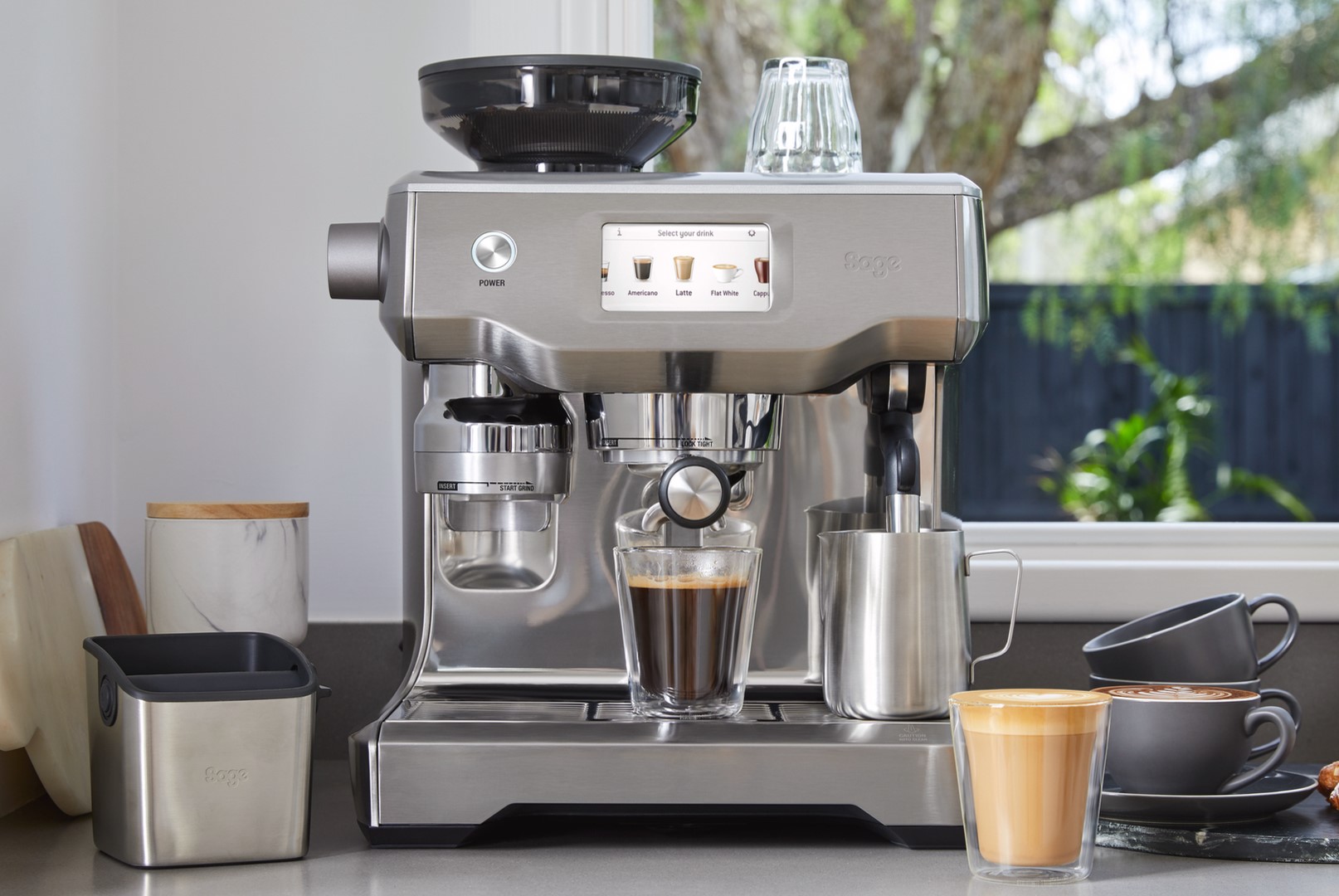



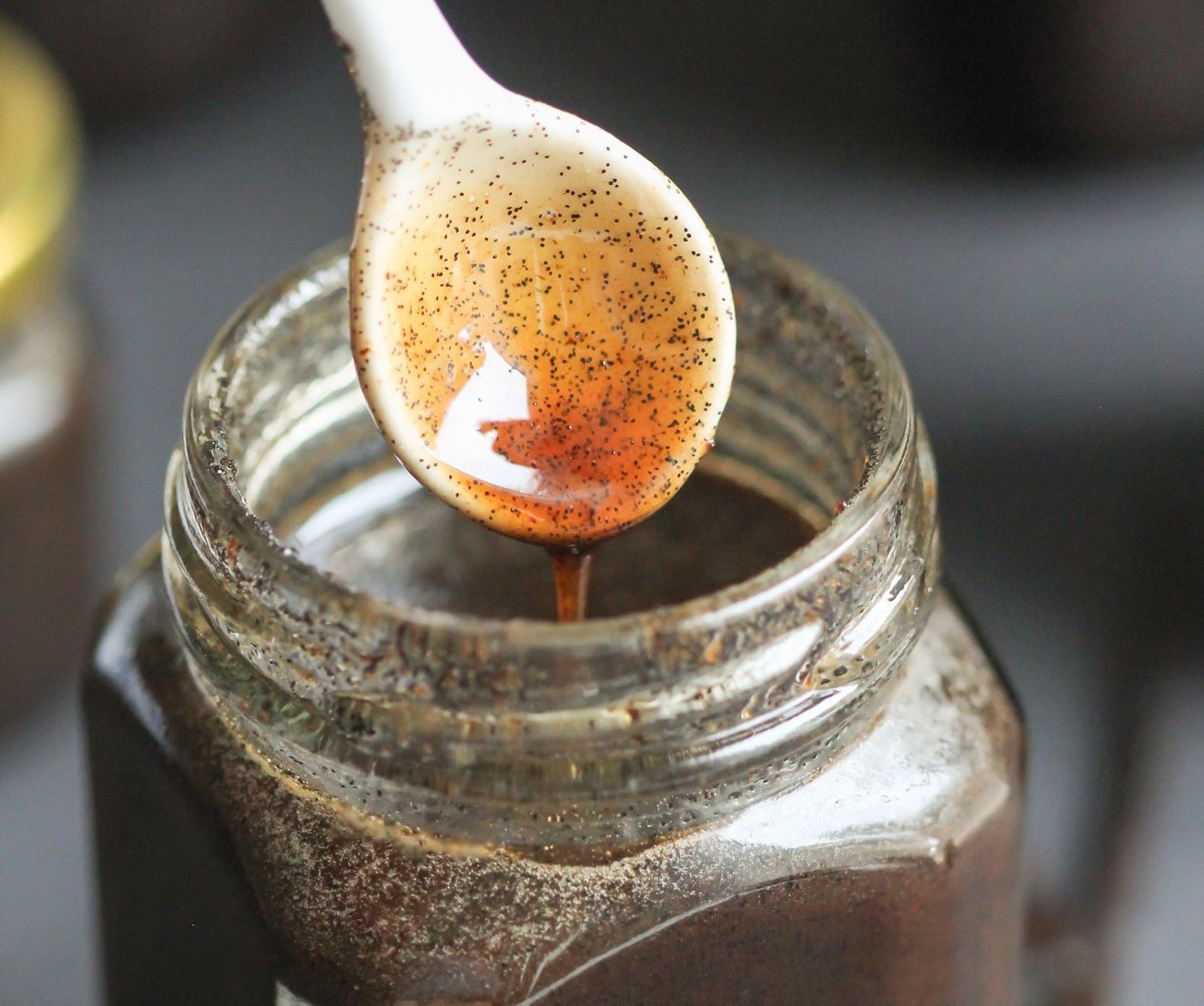



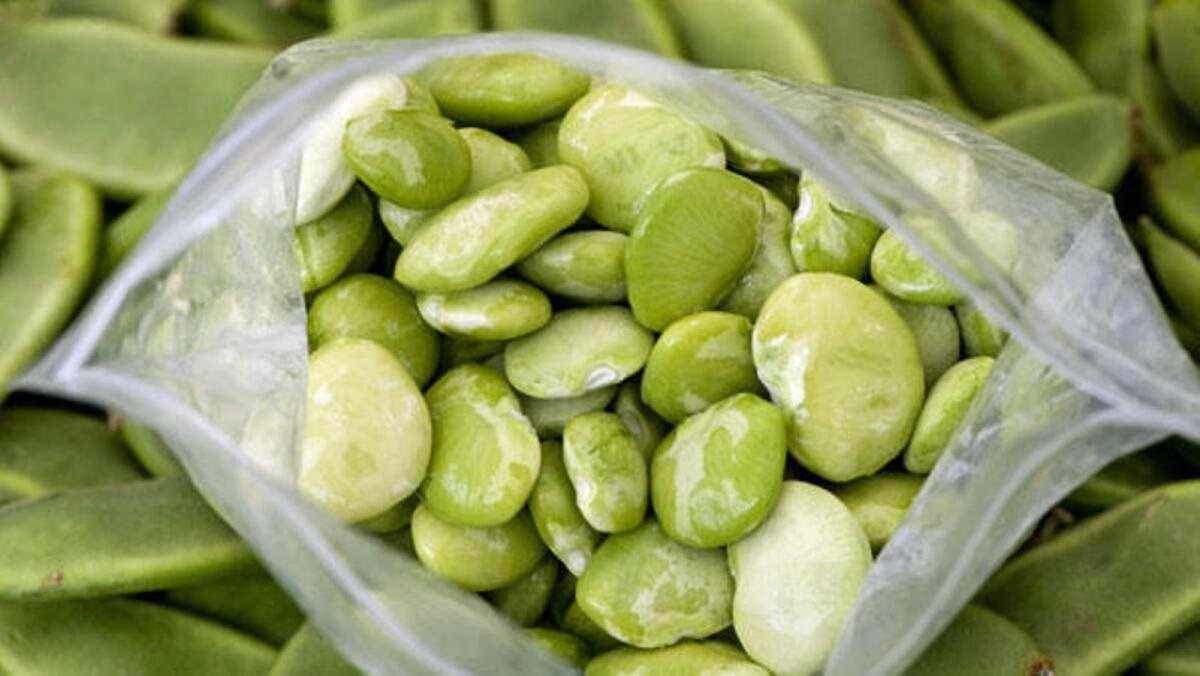
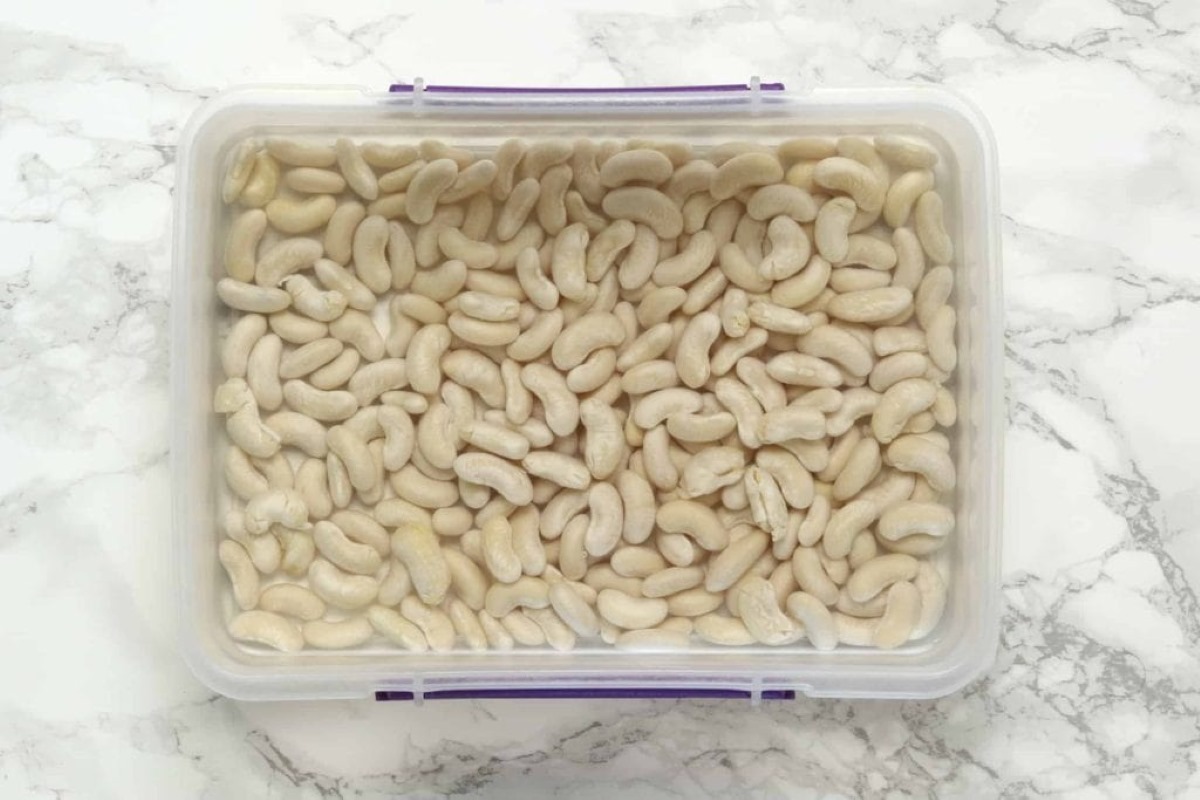

0 thoughts on “How To Store Espresso Beans”